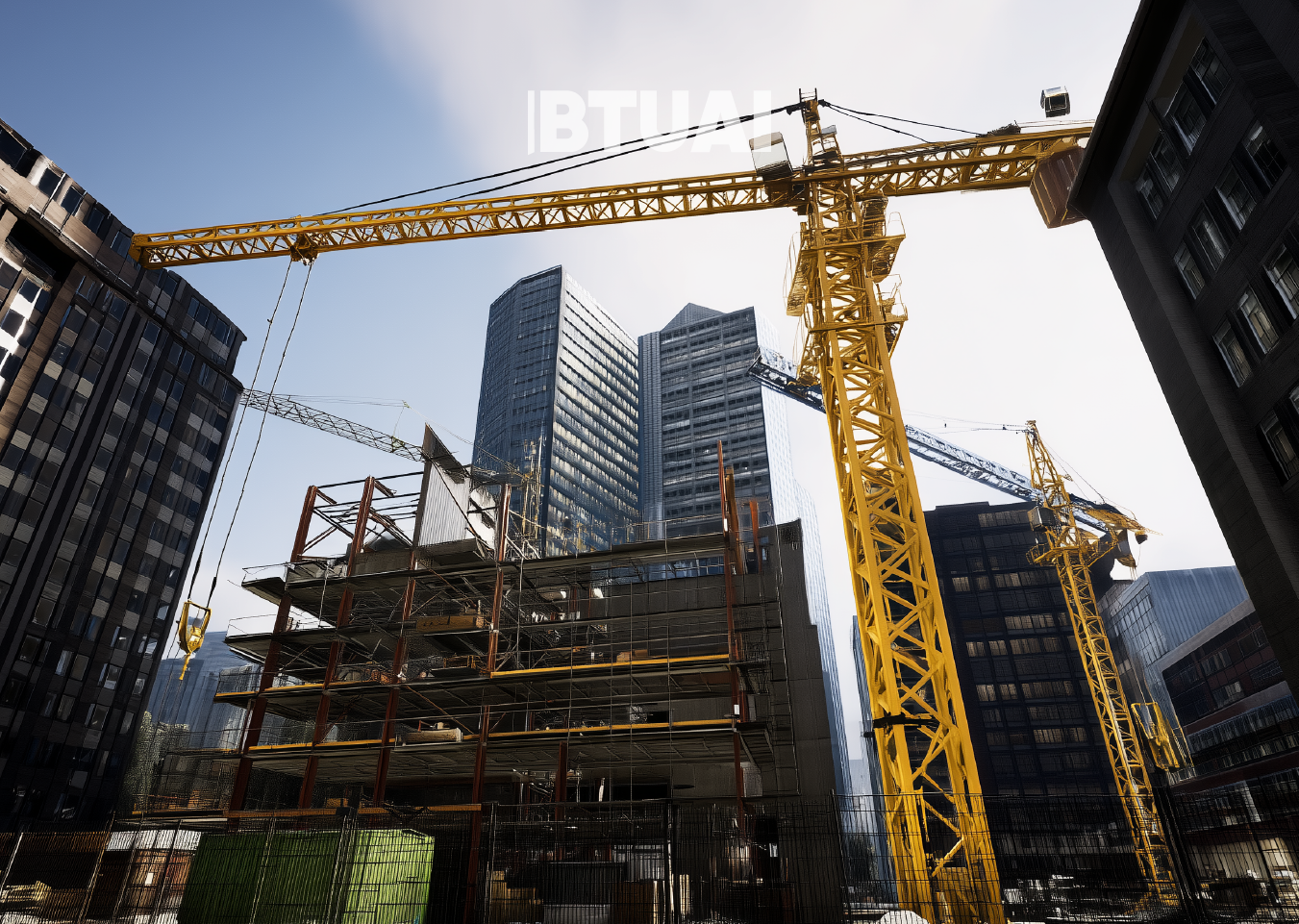Construction Is Slowing, but Prices Keep Rising — Is Tbilisi Facing a Future Housing Shortage?
Tbilisi’s residential real estate market in the first quarter of 2025 is marked by contradictory trends. On one hand,

Tbilisi’s residential real estate market in the first quarter of 2025 is marked by contradictory trends. On one hand, the number of new construction permits is declining, raising concerns about future supply; on the other, property prices continue to rise, suggesting that current inventory may no longer fully satisfy demand.
According to official data, the total permitted residential space in Tbilisi in January–March 2025 decreased by 7.4% compared to the same period last year (source: Architecture Service). While there was a slight recovery in February and March — with 17 new projects permitted in March alone — the quarterly figure remains lower than in 2023. This points to a potential shortfall in large-scale residential developments in the near future, especially if demand remains high.
Meanwhile, prices on the primary market continue their upward trajectory. As of March 2025, the average price for white frame apartments reached $1,330 per m² — a 4.6% year-over-year increase, and more than 20% higher than in 2023 (source: Galt & Taggart). Notably, this price growth is happening despite relatively flat overall sales volumes, indicating that demand is concentrating in the higher price brackets while the supply of lower-cost units is shrinking.
A key concern is the significant decline in the share of budget apartments (priced below $1,000/m²). In 2023, these made up 66% of all transactions; by March 2025, their share had dropped to just 48% (source: Galt & Taggart). For a large portion of Tbilisi’s population, affordability remains a major issue — and the weakening presence of such options could create serious social challenges in the future.
The cost structure of construction offers some insight into why supply may be slowing. According to Geostat, while material prices have declined slightly, labor costs are up 9% and equipment costs have risen by 3.7%. In areas where land prices are high, these increases push final prices further beyond the reach of average buyers (source: Geostat).
Some developers are offering internal installment plans to ease access, which helps in the primary market. However, such flexibility does not extend to the secondary market, where price stagnation and delays in transaction registration further obscure the true availability of units.
This brings us to a central question: is Tbilisi entering a phase where structural undersupply begins to exert long-term pressure on prices and access? Especially in an environment where foreign demand is growing and development of large-scale affordable housing is becoming harder due to regulatory, financial, and administrative constraints.
Urban planning, targeted stimulus policies, and support for developments intended for local buyers may become critical in the years ahead. As Tbilisi increasingly integrates into a globalized property market, it is essential not to lose sight of domestic accessibility — a core factor that sustains the city’s livability and social cohesion.




